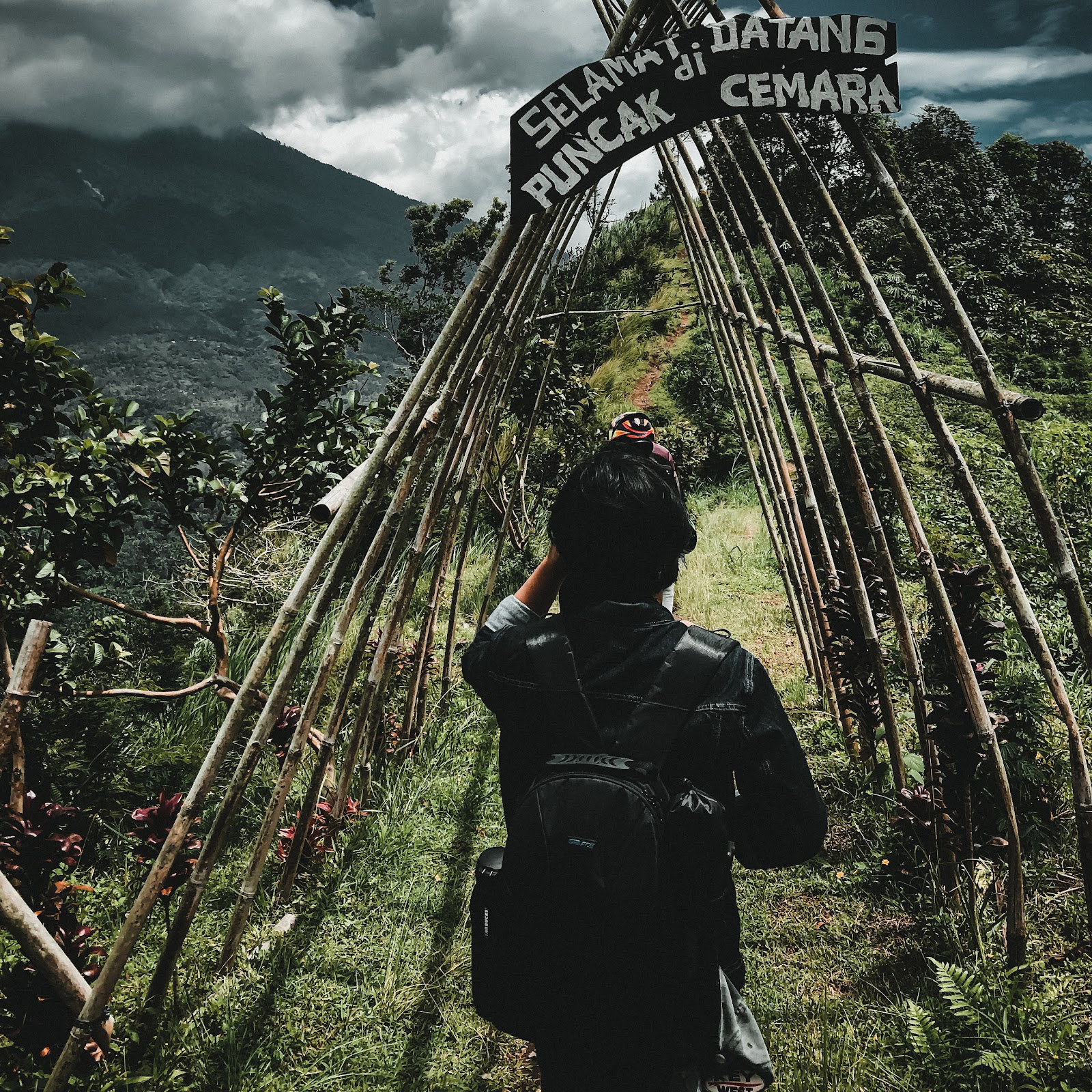Besakih Temple is a temple complex located in Besakih Village, Rendang District, Karangasem Regency, Bali, Indonesia. The Besakih Temple Complex consists of 1 Central Temple (Penataran Agung Besakih Temple) and 18 Companion Temples (1 Basukian Temple and 17 Other Temples). At Basukian Temple, in this area for the first time the revelation of God was received by Hyang Rsi Markendya, the forerunner of the Hindu Dharma religion now in Bali, as the center. Besakih Temple is the center of activity for all temples in Bali. Among all the temples included in the Besakih Temple complex, Penataran Agung Temple is the largest temple, has the most pelinggih buildings, the most types of ceremonies and is the center and all temples in the Besakih Temple complex. At Penataran Agung Temple, there are 3 main shrines called Padma. Three stanna symbols of the Tri Purusha are Shiva, Sada Shiva and Parama Shiva. The Tri Purusha are the three levels of Spiritual Awareness.
The physical existence of the Besakih Temple building is not only a place of worship to God Almighty, according to the Hindu Dharma religion, which is the largest on the island of Bali, but in it has a background connection with the meaning of Mount Agung. A highest mountain on the island of Bali which is believed to be the center of the Government of the Spirits, the Realm of the Gods, which is God's messenger for the island of Bali and its surroundings. So it is appropriate that on the southwest slope of Mount Agung a building is made for the sanctity of mankind, Besakih Temple which has a philosophical meaning.
Besakih Temple as the object of research is related to the socio-cultural life of the people in Karangasem Regency, Bali Province. Based on a study, the physical building of Besakih Temple has developed from pre-Hindu culture with evidence of the remains of menhirs, punden terraces, statues, which developed into buildings in the form of meru, pelinggih, gedong, and padmasana as a result of Hindu culture. The background of the existence of the physical building of Pura Besakih on the slopes of Mount Agung is as a place of worship to worship the Gods who are conceptualized as the palace of the highest God.
In Balinese Hindu culture, it turns out that the meaning of Besakih Temple is identified as part of the development of Balinese social culture from pre-Hinduism which is much influenced by changes in developing cultural elements, thus influencing changes in the form of cultural ideas, cultural forms of activity, and cultural forms. material. These changes are related to Tattwa teachings concerning the concept of divinity, the teachings of ethics which regulate how Hindus behave, and the teachings of Ceremonies are arrangements in carrying out ritual activities of offerings from people to God, so that the three teachings are one unity in the teachings of Religion. Hindu Dharma in Bali.







No comments:
Post a Comment